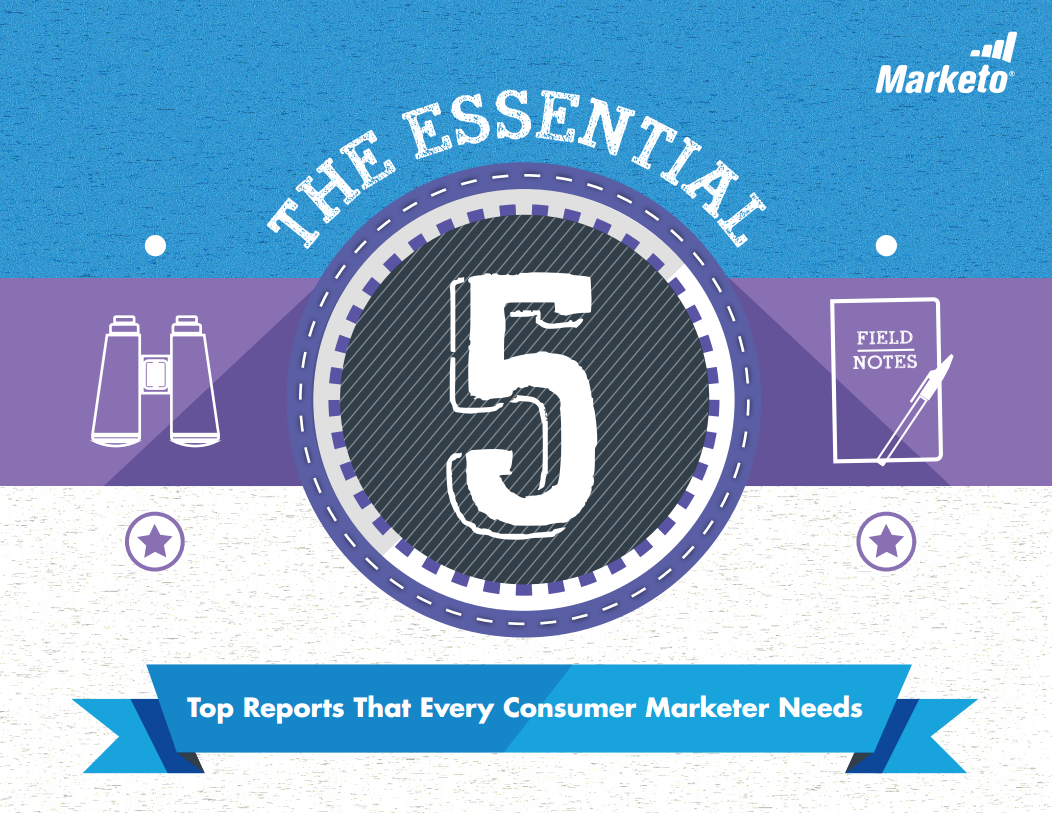Everything I need to know about marketing metrics, I learned from Zoolander.
Okay, maybe not everything, but I learned that you need to look past vanity metrics—things that just look pretty on the outside.
While in the past marketing might have been less tied to hard numbers, today’s consumer marketers are faced with pressure from CEOs and CFOs who want to hear about growing revenue and profits. They are asking questions about how fast your customer base is growing, how much revenue marketing is bringing in, how much you’re increasing customer lifetime value, and they are asking questions about the future—what is the forecasted revenue and profit and what resources will you need?
To answer these questions from the C-suite confidently, marketers need to:
Know the revenue of each of your marketing program investments across channels
Don’t jump to conclusions about your program success before you have the right data. While understanding your key indicators is important, understanding what data is supporting it is even more critical. With the right report in place, you can tell which programs bring in the most new names. Even more, you can calculate the cost per new name for your programs, to see which are the most cost-effective. And on top of it all, you can understand how each channel is performing in terms of both collecting new customers and how it’s impacting the customer lifetime value in the long-term.
And if your product is a considered purchase with a longer sales cycle, like financial services products, luxury goods, education, and healthcare, your customers probably came to you through multiple touchpoints. So, to truly understand which programs are working, multi-touch attribution is critical in measuring your program ROI. This allows you to allocate your ROI across each touchpoint (either equally or weighted) that your customer engaged with to understand which programs are truly valuable.
Understand how customers are moving through the consumer lifecycle
Take a moment to walk in your customer’s shoes. Are you talking to them about what they’re interested in or what you want to talk about? Are you tracking their interests based on their behavior on your app or website or what you assume they like? If you don’t understand what your customers want and how they engage with your brand, it’s unlikely that you’ll be able send them targeted, relevant messages at each stage of their journey, let alone push them further along to the next stage.
When it comes to measurement, you should be asking questions like:
- Can I segment my communication further based on web behaviors, lifecycle stage, and demographics?
- Which programs, promotions, or content has moved my customers through each stage at the highest rate?
- How are my customers engaging with me and what tests can I run to see if I can increase engagement rates?
Measure and forecast results
You might be guilty of jumping to conclusions based on vanity metrics, but beyond that, understanding how to better forecast can make all the difference when creating budgets and allocating resources for the coming quarters. Not only can accurate forecasting give you credibility with the C-suite, it can alleviate a lot of tension across the different teams you work with, such as finance. Consider the difference between increasing your forecast by the percentage of budget increase that has been allocated, as opposed to considering the effectiveness of each program and thus forecasting based on performance.
Make a strong business case for marketing investments
Marketers with the data to back up their strategy have a lot of power and can easily show the C-suite and boards past performance, forecasting, and budget justification. Armed with this knowledge, you’ll be poised to demonstrate that marketing isn’t a cost center—it’s a revenue driver.
Now go on, have an Orange Mocha Frappuccino, you deserve it.
For a more comprehensive deep-dive into what data you should be tracking, download our ebook The Essential 5: Top Reports That Every Consumer Marketer Needs to learn how to take your metrics and credibility to the next level.




